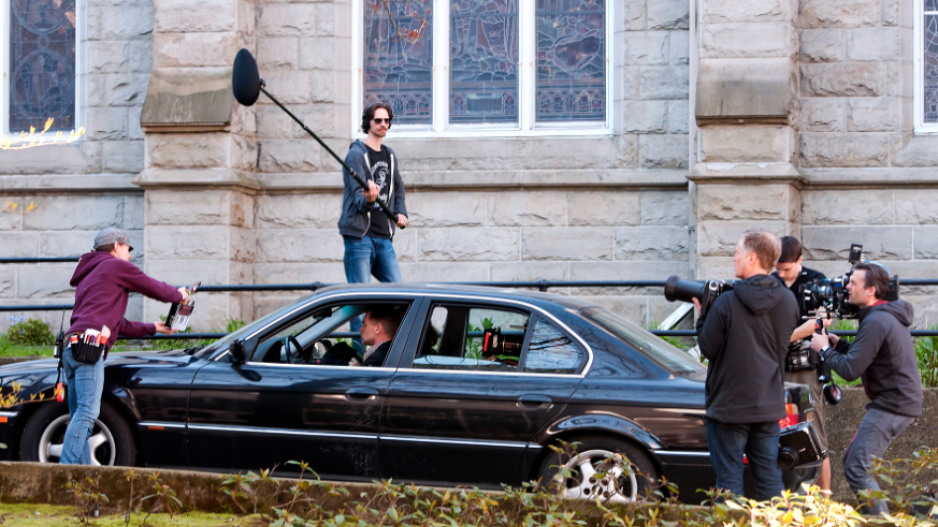B.C.’s $2.8-billion film industry is attempting to take a leading role in boosting equity within its ranks amid a persistent lack of diversity compared with the provincial workforce at large.
The newly launched Creative Pathways BC program will be tapping $500,000 in funding from two sources: the province ($400,000) and WarnerMedia Access Canada ($100,00).
The initiative led by Creative BC, the non-profit agency charged with promoting the sector, will see a new website deployed to “welcome all British Columbians into the industry and offer special streams for people from equity-seeking groups,” according to a Thursday statement from the province.
A December 2019 labour market information report from Creative BC revealed 34% of below-the-line workers such as lighting technicians, camera operators, prop masters, hair stylists and makeup artists on the West Coast were women, compared with 48% of the province’s total workforce.
The gap persists among visible minorities, who represent 15% of below-the-line workers in the film sector compared with 29% of B.C.’s workforce.
The new website — the first aspect of the initiative to be announced — will “highlight career opportunities for everyone above-the-line in creative leadership roles, within animation, VFX and post-production roles, and in creative support roles where below-the-line crew build careers across tech, trade, business and the arts,” the province said.
Meanwhile, the Women in Film & Television Vancouver (WIFTV) advocacy group has been campaigning for the province adopt an equity film incentive, offering financial benefits to companies that meet inclusivity targets.
WIFTV board member Sharon McGowan told BIV last year the incentive could work in the same way the province’s digital animation and visual effects incentive helps develop the local digital post-production subsector, or like regional incentives that spread the film and TV production work to areas beyond the Lower Mainland.
McGowan, a producer by trade and an associate professor in film production at the University of British Columbia, said much of the current situation can be attributed to the way in which the heavily unionized industry operates, whereby organized crews jump from production to production through word of mouth.
“It’s not giving us the best possible workforce and the broadest base of talent to be competitive globally,” she said.
“We need to change, we need to modernize, we need to take advantage of all of these amazing, talented people across all of the demographics of our province.”
Creative BC recommended in its 2019 report that industry pursue a mix of mentoring, better networking opportunities, targeted career marketing and developing a soft skills assessment tool to ensure new hires have a better success rate sticking around with a crew.
“But that’s actually what we’ve been doing for the last 30 years for women, and it doesn’t really work very well,” McGowan said, adding that’s why her group has been advocating for an incentive program.




